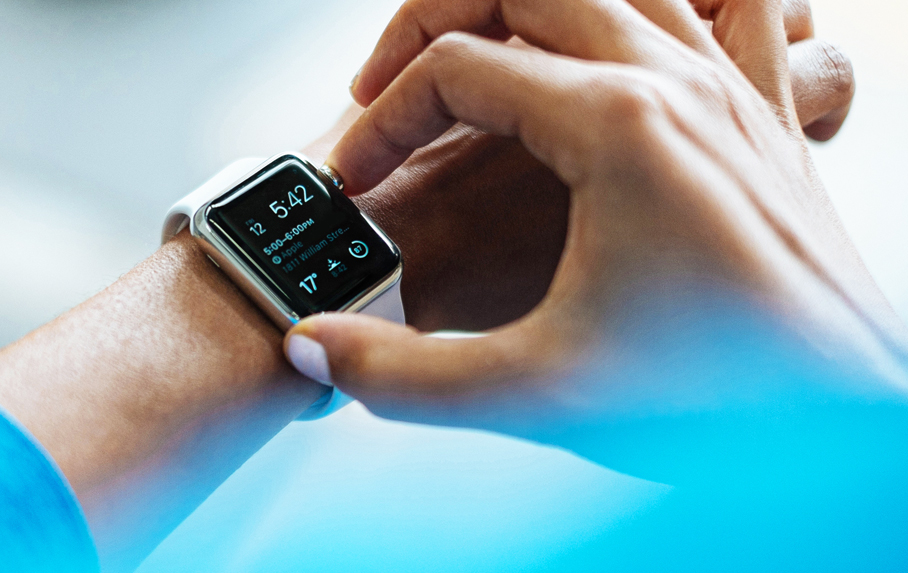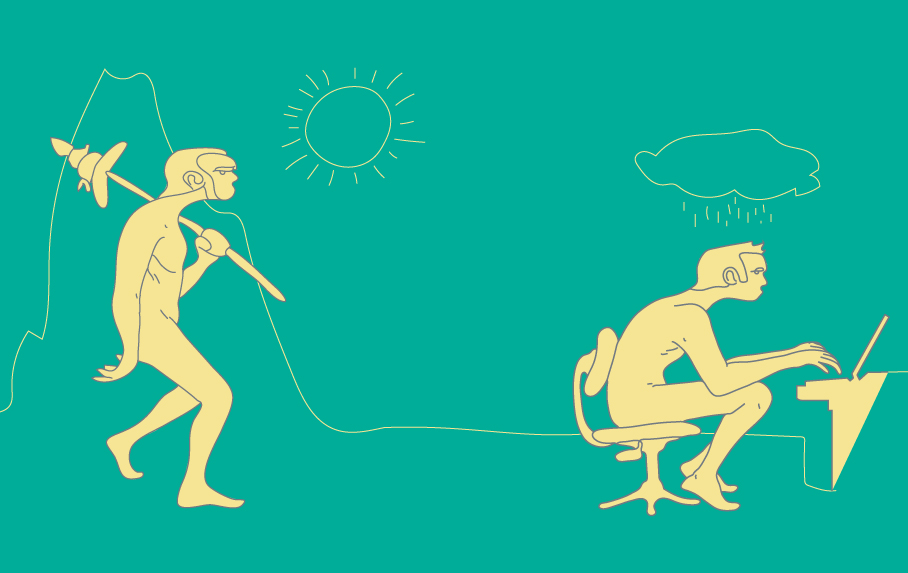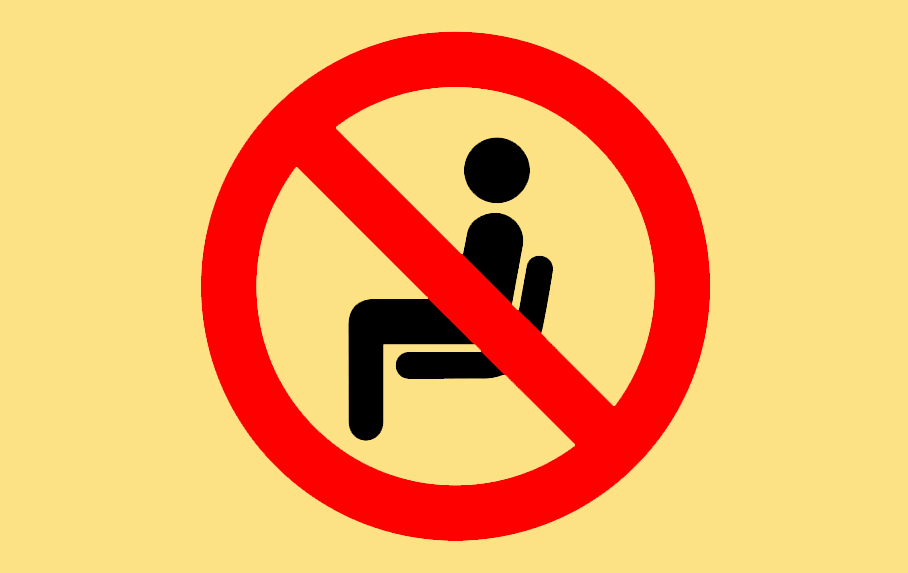Most of us know that regular physical activity is important for good health. The benefits include healthy weight regulation and a contribution to the reduction and prevention of chronic diseases. You may be familiar with or be the owner of a ‘health tracker’. These devices are able to track things such as steps taken in a day, calories burnt and stairs climbed. Such devices have boomed in popularity recently and for good reason. Global research has consistently demonstrated that we are not meeting our recommended physical activity levels, so we’re not optimising our health. Fitness trackers, which I will talk more about later, are one of the ways we can consciously become more active.

Research from the World Health Organization attributes our lack of activity to an increase in sedentary behaviour and the fact that we now spend most of our working hours seated, often at a desk. The trend also demonstrates that we are also not spending our leisure time performing some kind of physical activity. The current guidelines suggest that Australian adults aim for roughly 30 minutes of moderate intensity physical activity daily. Accumulating between 150 to 300 minutes (2 ½ to 5 hours) of moderate intensity physical activity or 75 to 150 minutes (1 ¼ to 2 ½ hours) of vigorous intensity physical activity each week along with two muscle strengthening workouts has been shown to be optimal for our health.
Let’s look at some key facts and figures to get an understanding of the importance of physical activity:
• Physical inactivity is the fourth leading cause of death due to non-communicable disease worldwide, contributing to over three million preventable deaths annually (6% deaths globally).
• If all Australians did an extra 15 minutes of brisk walking for at least five days each week, this would reduce the disease burden due to physical inactivity in the population by approximately 13%.
• By increasing this to 30 minutes, the burden of disease attributed to physical inactivity could be reduced by 26%.

So at this point I haven’t used the word ‘exercise’ once. This is because the majority of us assume that the physical activity we must do to improve our health equates to exercise – visions of treadmills and dumbbells and overzealous fitness instructors yelling and screeching at us to ‘feel the burn’. But this is not so.
Dan Buettner, a writer for National Geographic and a New York Times bestselling author – perhaps best known for his work on the ‘Blue Zones’ – has demonstrated otherwise. Buettner and his team went on a quest to study the world’s most long-lived communities to find out why, in some parts of the world, there are ‘pockets’ of people living much longer than the national averages. Their findings relating to exercise were remarkable. It transpired that none of the 90 to 100-year-olds that the team interviewed had performed any kind of regimented ‘exercise’ as we know it. The key it appeared was constant low intensity movement consisting of walking, gardening, carrying bags, manual labour, etc.
“Sitting has been billed the ‘new smoking’, and the evidence is clear – the more you move the longer you live.”
Interestingly, in contrast to the macro global trends of higher affluence equalling better health, the Blue Zone populations consist of relatively lower affluence communities. One notable area is that of the lack of motorised transport in these communities. This means that by necessity, walking becomes the default mode of transport. Compare this our daily habits surrounding transport – driving to work, driving to the shops, even driving to the gym… you get the picture. The book is a highly thought- provoking and a well-researched study; I highly recommend reading it. It’s full of awesome nuggets of life-changing behaviours and dietary habits that we could all implement into our lives for the better.
In my previous article, I alluded to the current scientific thinking that even if you are exercising daily (say an hour in your lunch break) but sitting down for the rest of your day, your short exercise window is not enough to negate the detrimental effects of prolonged sitting. Sitting has been billed the ‘new smoking’, and the evidence is clear – the more you move the longer you live. A quick Google search of ‘sitting side effects’ provides thought-provoking reading. Based on a study of nearly 8,000 adults, a direct relationship was observed between sitting and your risk of early mortality of any cause.
So what can we do about this? The beauty of these findings prove that we do not need to be attacking the gym ‘guns blazing’ five days a week or embarking on some other unrealistic exercise regime. Instead you will reap great benefit from simply imploring yourself to move more. For instance:
Most of us work at a desk – seated. Those lucky enough to have a standing desk (I envy you) will be doing this already. But make a conscious effort to move every 30 minutes or so. Get up take a walk to see a colleague instead of calling or emailing, go to the loo, get a glass of water (keep hydrated and you will naturally make more bathroom trips #winning!), park your car a little further away from the store, take public transport instead of driving door to door, take phone calls standing up, take the stairs instead of the elevator, carry heavy shopping bags (who needs an excuse to shop?), garden – the list goes on.

I mentioned fitness trackers earlier. These can be a very helpful tool (and quite addictive) in getting you moving more and aiming to hit the target of the recommended 10,000 daily steps (you’ll be surprised at how little you currently move!). You do not need to buy a super expensive one either – a basic pedometer will do the job at a fraction of the price. In summary – get moving. You don’t have to be marathon man to enjoy the benefits of physical activity – a casual 30-minute stroll performed regularly or in bite-sized chunks is all that’s really required to improve your health.






